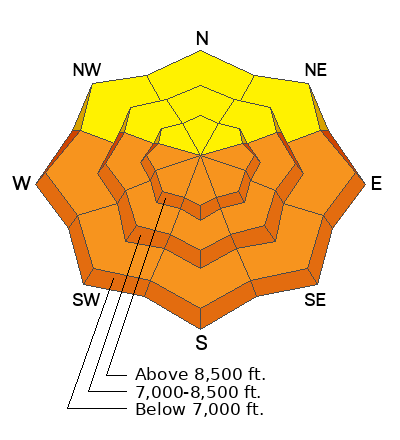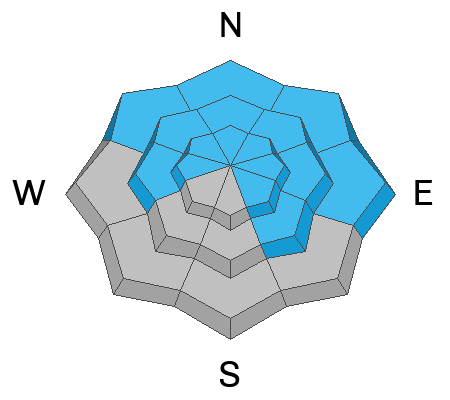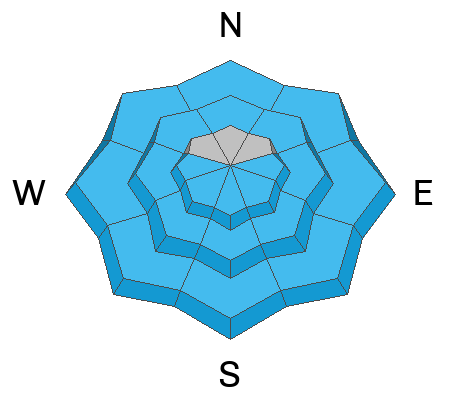On January 4, a widespread persistent weak layer of faceted snow was buried and preserved. Since then, we've had several storms, which have built a strong hard slab of snow over this weak layer. This weak layer is now buried roughly 2-5 feet deep. At first, this layer was very sensitive and the avalanche danger was in your face. You could sneeze and trigger an avalanche.
So what's changed? Well, "The Likelihood" meaning the possibility of triggering an avalanche, has gone down. BUT, the consequence of the avalanche has remained the same.
I get it; there are tracks everywhere. It's easy to get lured into the terrain. But remember, faceted snow with a strong slab is no joke, and in my opinion, it's not worth messing with. These are bone-crushing avalanches that will break all around you with no escape. Hey, I want to ride big terrain as well. But a mentor once told me never to "mess with facets" and that's been my motto ever since. Think of it this way:
On average, a human makes 35,000 choices every day. If we are in the backcountry, we are making these choices, and the bet would be our life (we only get one of those). If you ride 50 days a winter, you will make 1,750,000 decisions. If you stretch that over a 30-year career in the backcountry, you must be right 52,500,000 times. You only get one chance to mess it up. This is why I make very conservative choices when dealing with faceted snow.








